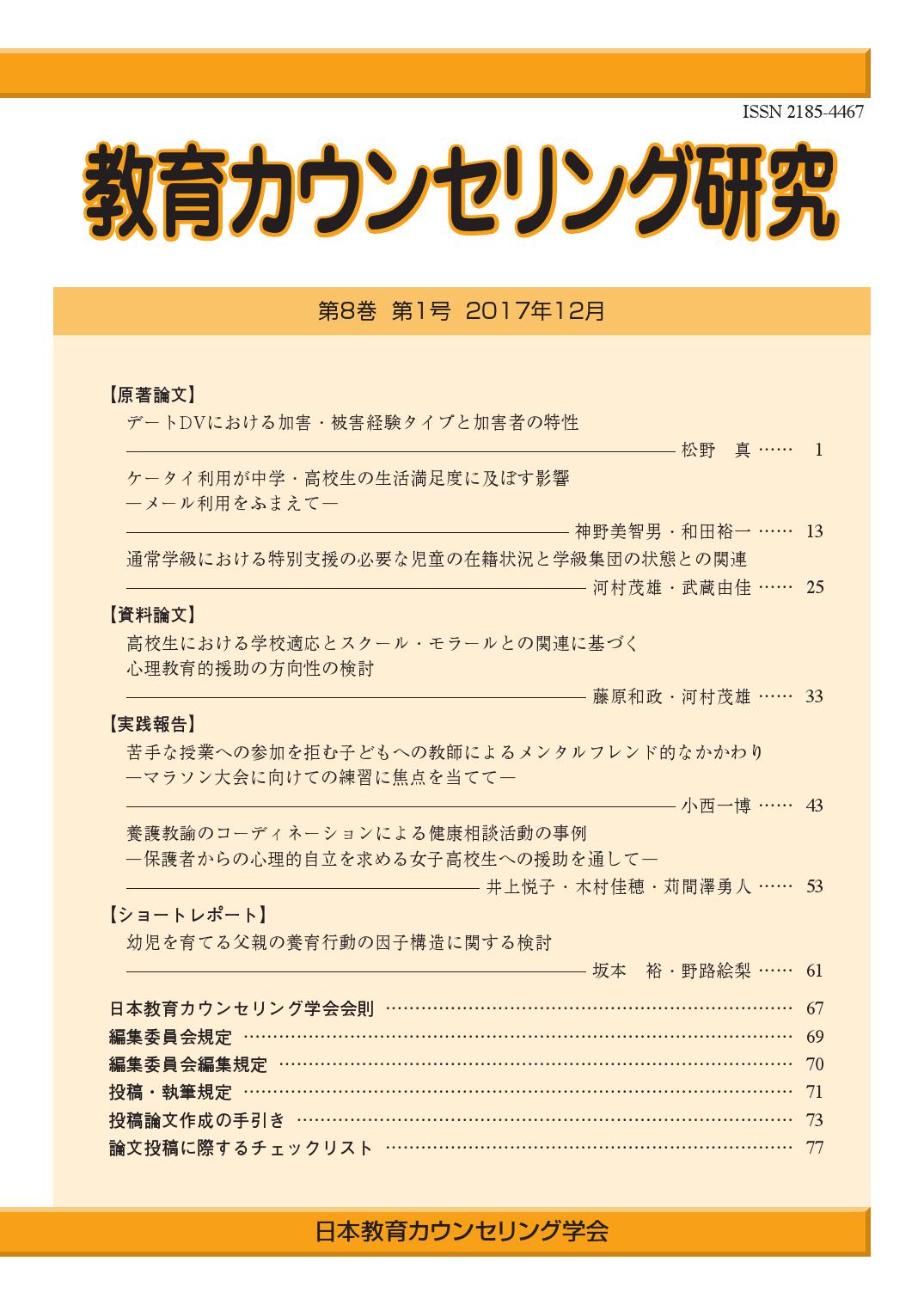Volume 2, Issue 1
Displaying 1-5 of 5 articles from this issue
- |<
- <
- 1
- >
- >|
-
2008 Volume 2 Issue 1 Pages 1-7
Published: 2008
Released on J-STAGE: February 16, 2019
Download PDF (354K) -
2008 Volume 2 Issue 1 Pages 8-15
Published: 2008
Released on J-STAGE: February 16, 2019
Download PDF (367K) -
2008 Volume 2 Issue 1 Pages 26-33
Published: 2008
Released on J-STAGE: February 16, 2019
Download PDF (451K) -
2008 Volume 2 Issue 1 Pages 34-41
Published: 2008
Released on J-STAGE: February 23, 2019
Download PDF (370K) -
2008 Volume 2 Issue 1 Pages 42-50
Published: 2008
Released on J-STAGE: February 16, 2019
Download PDF (555K)
- |<
- <
- 1
- >
- >|
